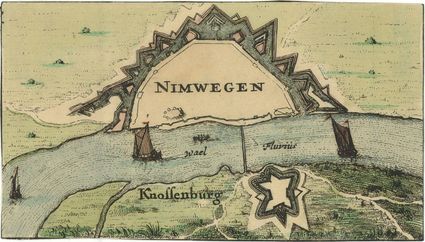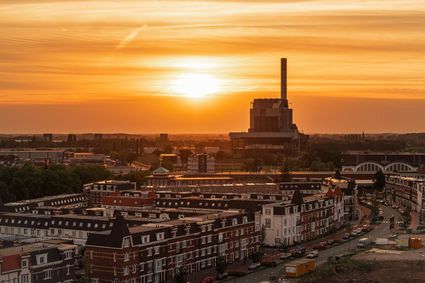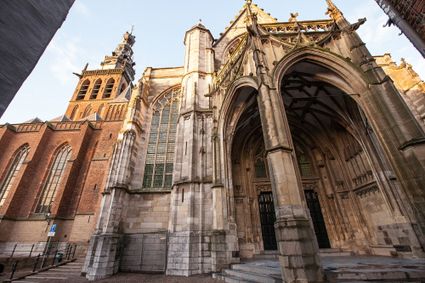Catholic University, Nijmegen becomes a student city
Nijmegen is bursting at the seams with historical stories, ranging from leading figures to ordinary people, from neighbourhoods to political events. The Canon of Nijmegen encompasses the most important stories about Nijmegen’s history. One of these stories tells the tale of the founding of the Catholic University. A fierce battle between Catholics and non-Catholics came to a head in the city council in Nijmegen on February 7th, 1923. Both before and after this meeting, this battle took place in the street, in public rooms and in signature-based protest actions – all because Nijmegen wanted to apply to be the location of a Catholic University.
In the end, the city council voted in favour of a Catholic University with a difference of only one vote. Sixteen Catholics voted in favour, and fifteen non-Catholics (an alliance of social democrats, liberals, protestant, and a single communist) voted against it. This was a great victory for the Catholic cause, because the founding of the Roman Catholic University at Nijmegen (renamed to Radboud University in 2004) was considered to be “the crowning achievement of Catholic emancipation.”
1923: celebration of the Catholic University
This victory was celebrated triumphantly on October 17th, 1923 at the opening of the university in de Vereeniging and on the Keizer Karelplein, where people gazed in awe at a long procession of professors in togas and other dignitaries. However, this victory tasted even sweeter for Nijmegen, as in the preceding years a battle had raged with Tilburg, Maastricht, and Den Bosch for the location of the Catholic University should be located. This battle of prestige had been won by Nijmegen, which offered less money than its competitors, but fought harder, operated smarter, was more attractive, and – above all – had the most favourable geographical location and population structure: a city that could count itself among both the Northern and Southern half of the country.
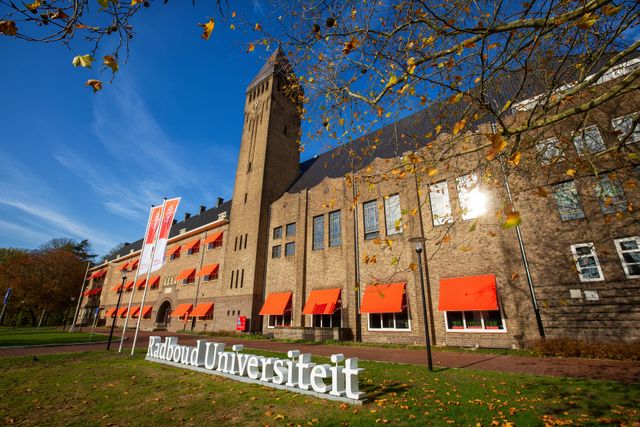
Initially, the university was relatively small, with three “cheap” faculties: Theology, Arts/Philosophy, and Law. These faculties were spread over several buildings in and around the city centre, with the university main building being at the Keizer Karelplein. Until World War II, the university numbered an average of five hundred students, almost all of them upper class. They added life to the city, but didn’t dominate it. Starting in the 1950s, the university expanded with the faculties of Medicine (1951), Science (1957), and Social and Behavioural Sciences (1963). This expansion, combined with population growth and greatly increasing accessibility to academic education, caused an explosion in the number of students in the 1960s. In 1945, the university numbered 650 students; in 1955, this had increased to 1900 students; and in 1970, the university had passed the 10,000 students mark. Nijmegen had become a true student city.
The new faculties of the 1950s, as well as St. Radboud University Hospital, which open in 1956, were located on the former Heyendaal estate, South of the city. Later, the other faculties were also moved there, creating a campus. The university and the hospital, now totalling 12,000 employees and over 17,000 students, are invaluable for the economic, social, and cultural life in Nijmegen.
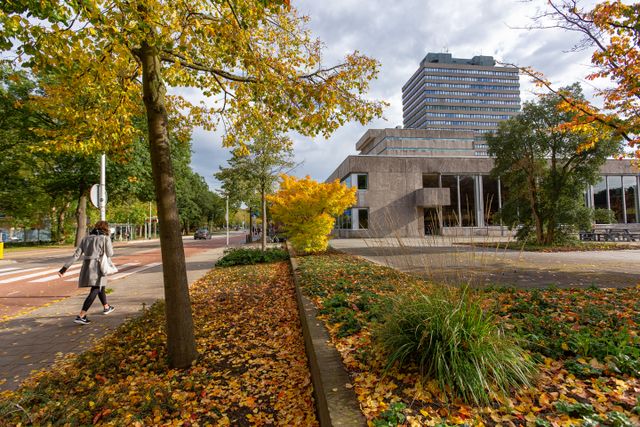
Immerse yourself in the rich history of the oldest city in the Netherlands, because Nijmegen has a lot of stories to tell you. Curious? You can read all about it in this historical timeline.

